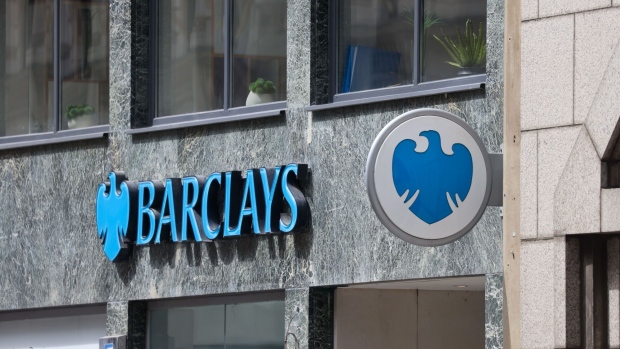Jan 11, 2024
Barclays Assembles 100 Investment Bankers for New Energy Team
, Bloomberg News

(Bloomberg) -- Barclays Plc is establishing an energy transition team inside its corporate and investment bank, as it looks to capitalize on the shift away from fossil fuels.
The new unit will comprise more than 100 bankers, according to a person familiar with the move who asked not to be identified discussing non-public information. The division will be made up of existing staff with expertise in power markets and natural resources as well as sustainable and impact investment banking, according to an emailed statement that confirmed the creation of the team but didn’t include its size.
The decision is intended to help Barclays act as “lead adviser to clients in the energy and power sectors,” Cathal Deasy, co-head of investment banking, said in the statement.
Barclays last year shuffled its top leaders inside the investment bank, including by appointing Deasy and his co-head Taylor Wright, as it sought to build out businesses dedicated to sustainable companies and large private equity firms. Chief Executive Officer C.S. Venkatakrishnan has acknowledged those moves contributed to higher-than-usual attrition among dealmakers in 2023.
Barclays’ new energy transition unit will be led by Mike Cormier, who’s helmed the bank’s energy business in the Americas since 2021. He’ll report to Deasy and Wright.
Other top tier banks, including Citigroup Inc. and BNP Paribas SA, have taken similar steps to set up dedicated energy transition teams. Identified by BlackRock Inc. as a “mega force” that’s already driving markets and economies, the energy transition has been widely hailed among financial professionals as a vast money-making opportunity.
Barclays said its goal is to guide clients through transition markets spanning everything from hydrogen, to carbon capture as well as renewable natural gas.
The expertise represented in Barclays’ new energy team is “critical as we help our clients execute on their transition and accelerate the next generation of low-carbon solutions to scale,” Deasy said.
The intention is to “enhance our position in the energy and power sector while also continuing to develop our growing climate tech investment banking business,” he said.
The bank has also been rebuilding its presence in the market for carbon trading, with the appointment of a veteran of Shell Plc, Oliver Morning, as its head of carbon and environmental products trading, Bloomberg reported in November. Barclays has set itself a target of facilitating $1 trillion of sustainable and transition finance between 2023 and 2030.
For now, global banks remain far behind where they need to be to help limit the average global temperature rise to 1.5C. According to an analysis by BloombergNEF, four times as much capital needs to be allocated to green projects as to fossil fuels by 2030 to align with net zero emissions targets. Yet at the end of 2022, that ratio was just 0.7 to 1, largely unchanged from the previous year, BNEF’s latest figures show.
Barclays had an energy-supply banking ratio of 1.5 in 2022, better than the average for the industry but still below the 4:1 target, BNEF estimates.
(Adds comment from Barclays in eighth, ninth paragraphs.)
©2024 Bloomberg L.P.


